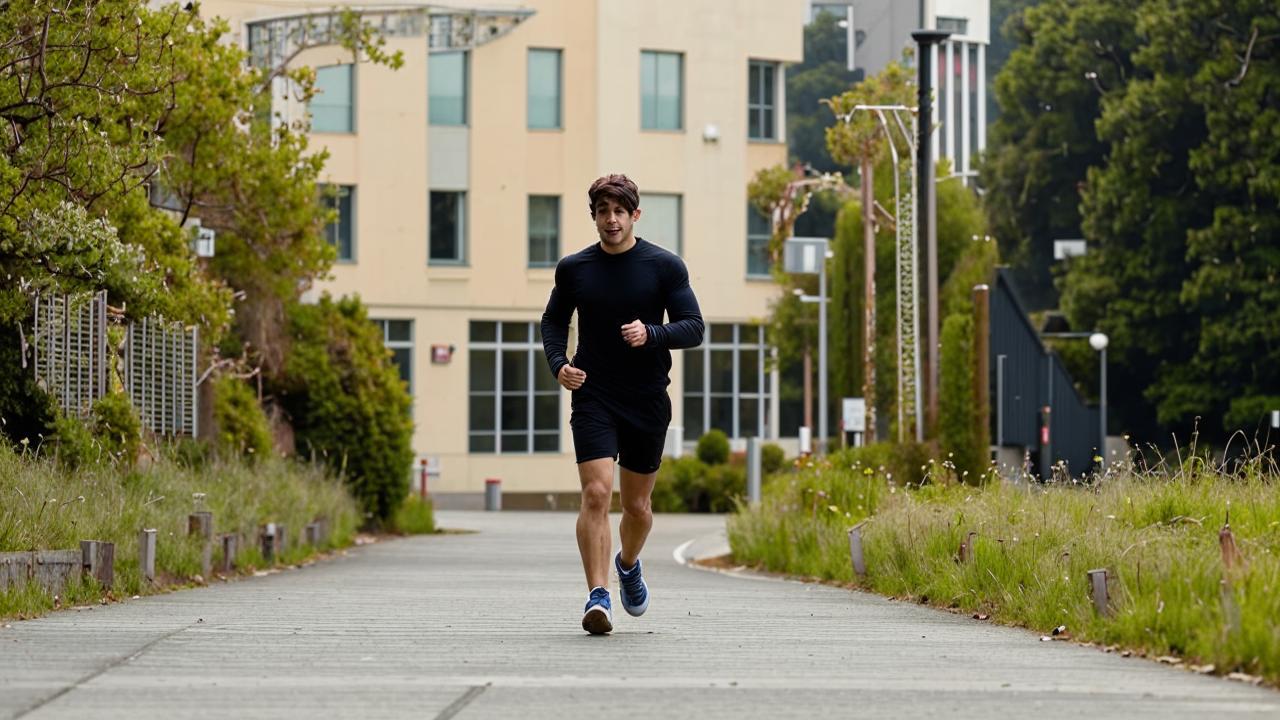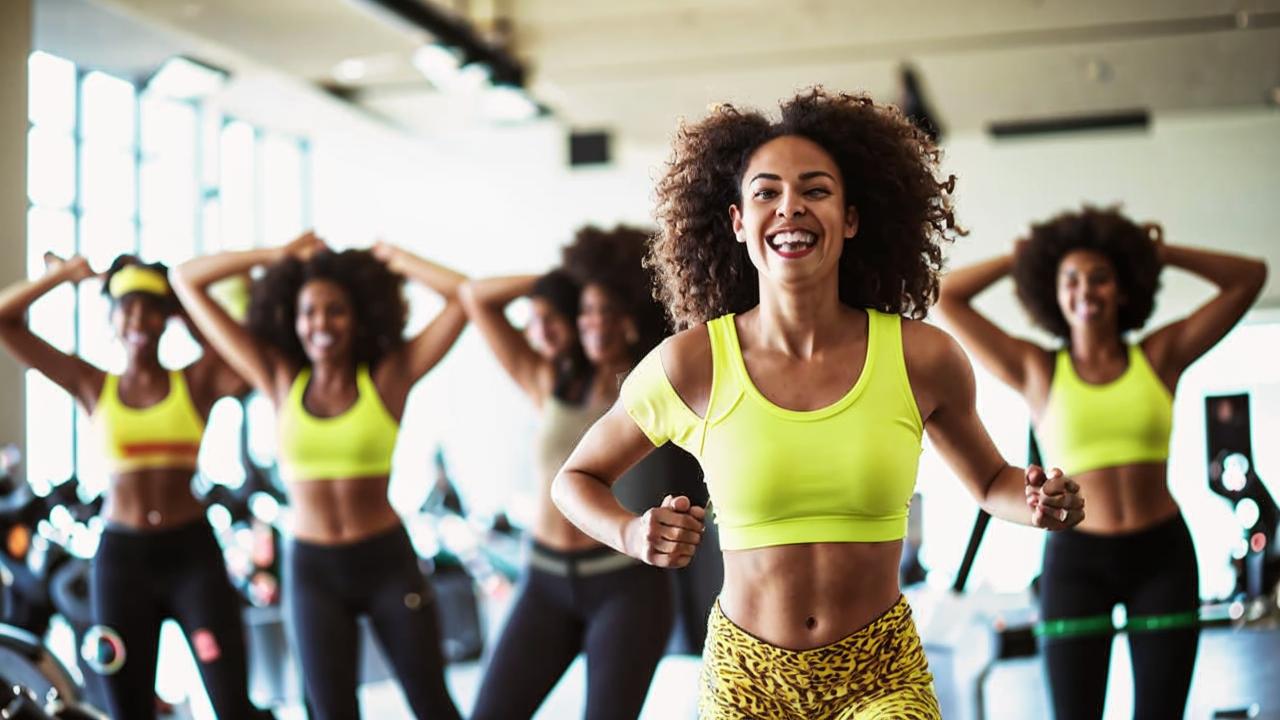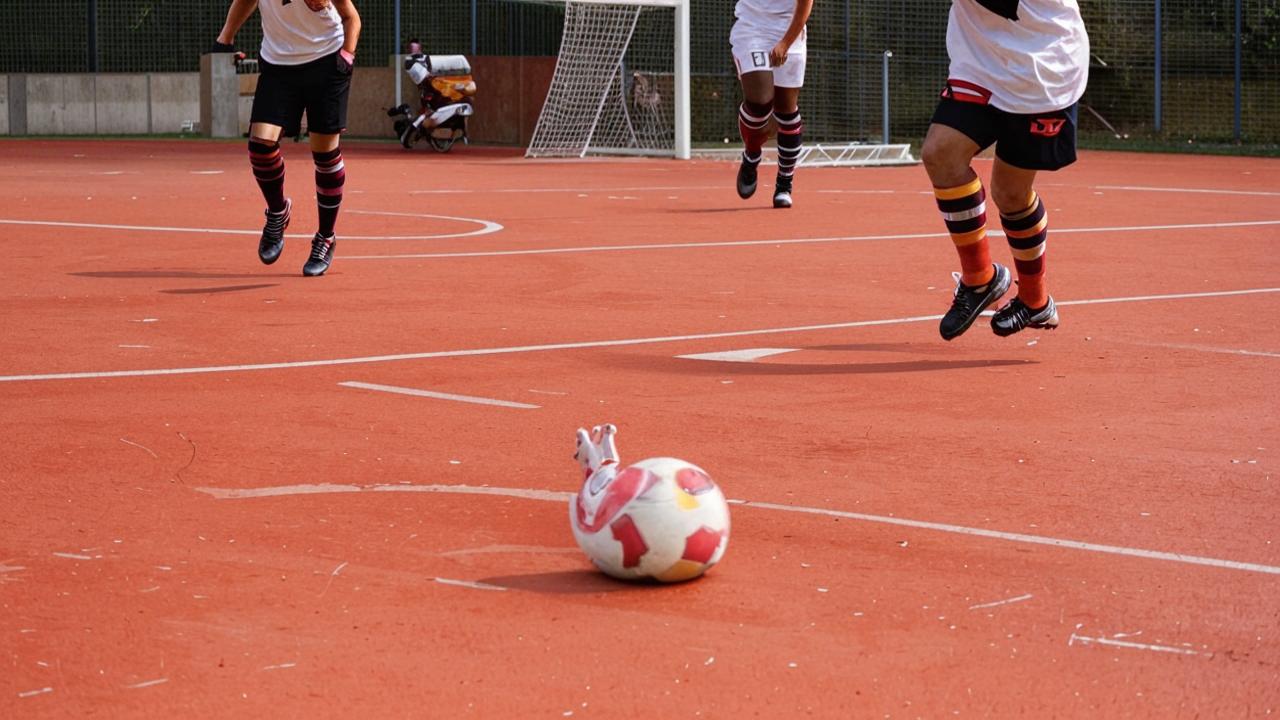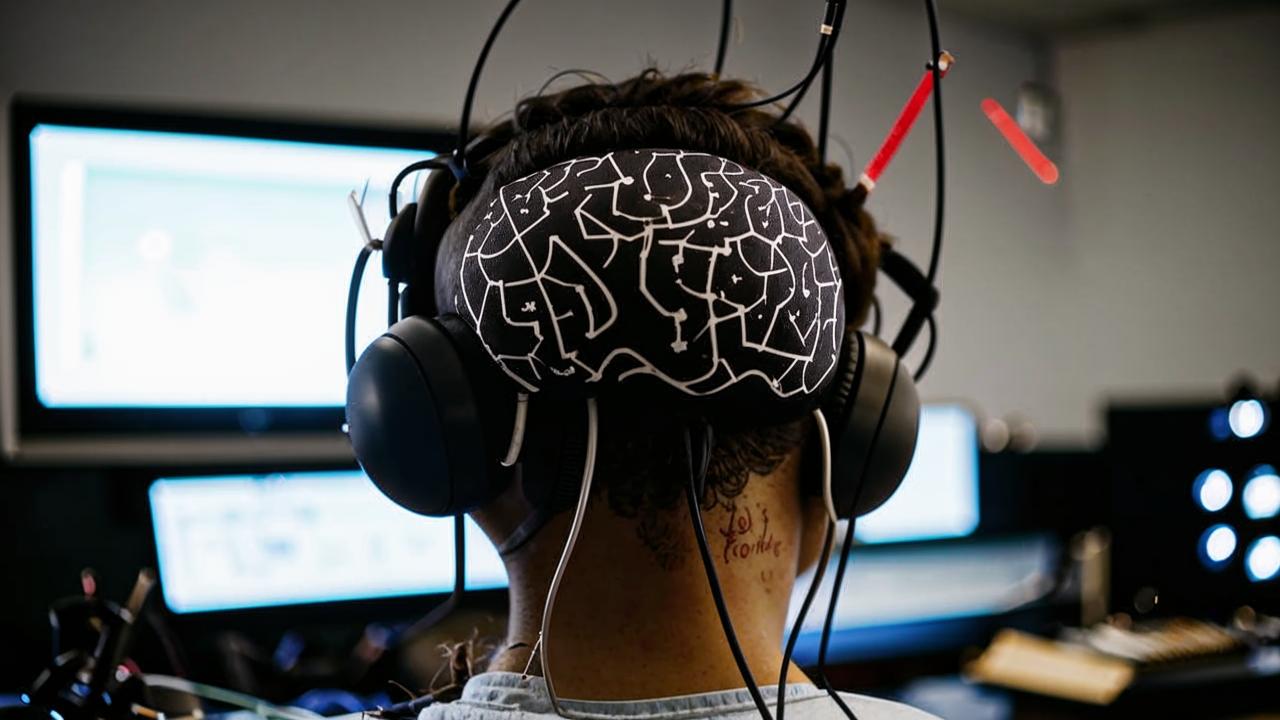
“In today’s world, there is a lot of emphasis on living a healthy lifestyle, keeping fit and mentally balanced. However, we often focus either on training the body or on mental practices to improve brain health. That being said, scientific research proves a strong correlation between physical activity and cognitive function. Let’s take a look at what types of exercise maximize the positive effects on brain function.”
Regular exercise has beneficial effects on many brain processes – it increases blood flow, stimulates neurogenesis and synaptic transmission, reduces inflammation, and releases happy hormones.
Aerobic exercise, strength training, team sports, dance, flexibility and coordination exercises improve memory, attention, concentration, creativity, and learning ability. Thus, sports are a great tool for improving cognitive abilities along with training the body.
Cardio exercise and its effects on the brain
Aerobic exercises, or cardio workouts, are all activities that speed up your heartbeat and breathing. These include running, swimming, cycling, jumping and more. They have powerful positive effects on the brain’s cognitive functions.
- First, cardio exercise increases blood flow throughout the body, including the brain. More oxygen-enriched blood nourishes neurons, improving their function.
- Secondly, aerobic exercise activates the process of neurogenesis – the formation of new nerve cells in the brain. This increases the brain’s plasticity and repair capacity.
- Thirdly, neurotransmitters and hormones responsible for good mood and positive attitude (serotonin, dopamine, endorphins) are released. This has a beneficial effect on cognitive abilities.
It is especially recommended to start your workout with 20-30 minutes of cardio exercise for better brain stimulation before doing other physical activities.

Jogging. A classic and effective cardio exercise. It is recommended to perform 20-40 minutes of leisurely jogging alternating with walking.
Swimming. Stimulates the brain through oxygenation and the release of “joy hormones”. Even distances at a comfortable pace are best.
Exercise bike. Helps train the cardiovascular system and endurance. 20-30 minutes at a moderate intensity is recommended.
Dancing. A fun way to exercise your body and brain at the same time. Latin American, African dances, Zumba are suitable as cardio exercises.
Interval high-intensity cardio exercises. Also very effective, but recommended for already trained people.
Meditative types of physical activity
Studies show that meditative types of physical activity, such as yoga and tai chi, help relieve stress and improve mental well-being. Yoga, for example, combines elements of exercise, breathing practices and meditation to help relax the body and mind.
Tai chi. This is a slow and flowing type of exercise that promotes deep relaxation and focus, as well as improving coordination and balance. Both practices are also considered effective methods of reducing anxiety and improving concentration due to their effects on the nervous system and on the psychological state of those involved.
Yoga and tai chi. Involve specialized breathing techniques. They help to improve oxygen supply to tissues, reduce blood pressure and provide deep relaxation of the body. Exercises in meditative practices stimulate the release of endorphins and serotonin, the hormones of happiness and satisfaction.

Meditation. Meditative physical activities promote mindfulness skills, which allows you to focus on the present moment, reduce internal irritation, learn to manage your emotions and experience stressful situations more calmly and effectively.
Regular yoga or tai chi classes help strengthen muscles, improve flexibility and coordination of movement, which in turn can increase self-confidence and improve overall well-being.
Dance therapy
This is a form of psychotherapy that involves the use of dance and movement as a means of self-expression and healing. Research shows that dance training can positively impact many aspects of mental and physical health.
- First, dance promotes better body coordination and plasticity, which helps develop a better sense of balance and flexibility. This is especially important for people who suffer from neurological or movement disorders.
- Second, dance training can greatly enhance emotional well-being. Vigorous, rhythmic body movements promote the release of endorphins, the hormones of joy and satisfaction, which can reduce stress, anxiety and depression.
In addition, dance therapy allows for emotional expression and release of negative emotions through movement.
Dance therapy includes a wide variety of dance types, customized to meet the needs and abilities of clients.
The most common are:
modern dance. This is a style of dance with free and expressive movements that are used, among other things, for self-expression and emotional release;
ballet. Classical ballet is used to improve plasticity, coordination and expressiveness of movements, as well as to develop posture and grace;
dancing to music. Various dance styles such as hip-hop, jazz, salsa, tango and others can be incorporated into the therapeutic process for variety and individualized attention to each client;

improvisational dancing. This type of dance allows clients to freely express their emotions and feelings through movement without certain rules and standards;
Therapeutic dance games. The use of games and group dance activities improves interaction and communication between participants, and promotes trust and cooperation.
Functional training
Is becoming an increasingly popular method of improving not only physical fitness but also cognitive skills. It includes exercises that focus on mobility and coordination, which increases cognitive flexibility.
Cognitive flexibility is the ability to quickly switch between different thoughts, tasks or concepts, and the ability to adapt quickly to new situations and changes.
Exercises that require changes in body position, such as twists, bends, and stretches, stimulate the brain, improving its ability to adapt to new environments. In addition, functional training increases blood flow, so more oxygen is delivered to the brain, which benefits cognitive function.
Regular exercise to develop flexibility and mobility improves thought processes such as concentration, attention and memory, which in turn will improve productivity and overall cognitive functioning.
Sports games
Participating in sports games not only improves physical health, but also benefits cognitive skills such as strategic thinking and problem solving. In team sports such as soccer, basketball or volleyball, players are forced to quickly analyze situations, make decisions and adapt their actions according to the actions of their partners and opponents.
This requires a high degree of strategic thinking and tactical planning. In addition, sports games promote communication skills and teamwork, which are also important for the successful execution of strategies and tactics.

In individual sports such as tennis, badminton or boxing, players have to adapt quickly to the movements and reactions of their opponents as well as to the competition conditions themselves. This requires a high degree of learning, analytical ability and real-time decision-making. Participation in individual sports develops self-discipline and emotion management, which is important for successfully overcoming challenges and achieving goals.
Biofeedback and mental programming
Biofeedback and mental programming are innovative techniques aimed at improving brain activity and stress management during physical activity.
Biofeedback is based on the principle of feedback, which allows a person to observe their physiological performance in real time and learn to control it with the help of special devices and programs.
One of the most common forms of biofeedback is electromyography (EMG), which measures the electrical activity of muscles, as well as electrocardiography (ECG) to monitor heart rate and electrodermal activity (EDA) to measure sweat levels, which is related to stress and emotional state.
Through visualization of this data and feedback, a person can learn how to regulate their physiology, manage their stress levels, and achieve an optimal state during physical training.

Mental programming involves the use of psychological techniques and strategies such as visualization, affirmations, and meditation to improve brain activity and emotional well-being during physical activity.
These techniques aim to improve concentration, reduce anxiety, and increase motivation, which can contribute to more efficient exercise performance and better results.
Combining biofeedback and mental programming techniques within physical activity represent a powerful tool for improving brain activity, increasing stress tolerance, and achieving optimal exercise performance.
These techniques can be particularly useful for athletes, as well as people engaging in fitness activities to improve overall physical and psychological health.





